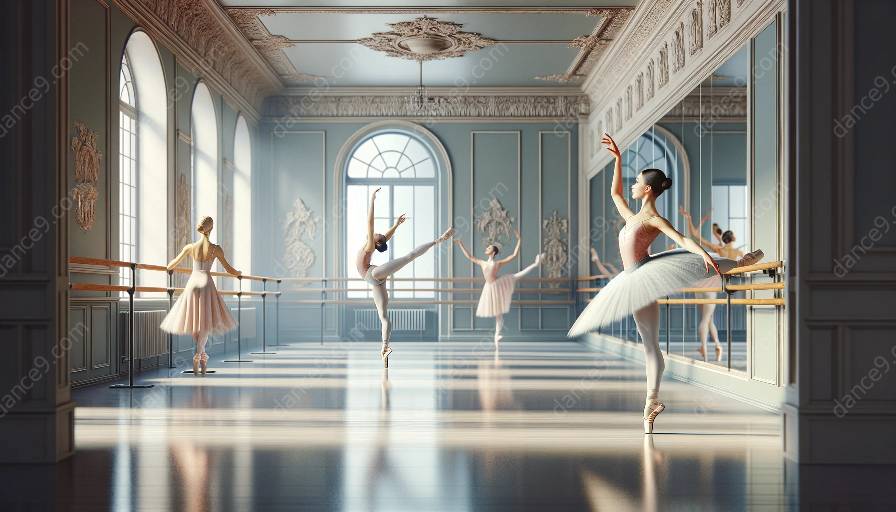Ballet theory has played a significant role in shaping classical ballet as an art form. By examining the influence of ballet theory on classical ballet, we gain a deeper understanding of the principles that guide this elegant and timeless dance style. From the historical development of ballet theory to its enduring impact on classical ballet techniques and choreography, this topic cluster explores the rich and dynamic relationship between theory and practice in the world of ballet.
Ballet History and Theory
Before delving into the influence of ballet theory on classical ballet, it's essential to understand the historical and theoretical foundations of ballet. Ballet originated in the Italian Renaissance courts of the 15th century and later evolved in France and Russia, becoming a highly technical form of dance with its own vocabulary and intricate techniques.
One of the earliest contributors to ballet theory was the legendary dancer and choreographer, Jean-Baptiste Lully, whose work in the court of Louis XIV helped establish the foundation of classical ballet. Lully's emphasis on graceful movements, precision, and poise laid the groundwork for the principles that would come to define classical ballet.
As ballet continued to flourish, theorists and practitioners such as Pierre Beauchamp and Raoul Feuillet codified the movements and positions of ballet, creating a system of notation that allowed for the preservation and transmission of ballet techniques and choreography. Their efforts contributed to the development of ballet theory, setting the stage for its enduring influence on classical ballet.
Classical Ballet and Its Principles
Classical ballet is characterized by its precise and highly formalized technique, as well as its flowing, ethereal quality. The principles of classical ballet are deeply rooted in ballet theory, encompassing elements such as turnout, pointe work, and the five basic positions of the feet and arms.
Turnout, the rotation of the legs outward from the hips, is a fundamental principle of classical ballet that enhances the aesthetic quality of movement and contributes to the overall elegance and grace of the dance. Pointe work, a defining feature of classical ballet for female dancers, requires extensive training and mastery of balance and strength, embodying the fusion of theory and practice in ballet.
Furthermore, the five basic positions of the feet and arms, which form the foundation of ballet technique, are intrinsically linked to ballet theory. These positions provide the framework for executing movements with precision and clarity, serving as essential building blocks for dancers as they navigate the intricacies of classical ballet.
The Influence of Ballet Theory on Classical Ballet
The influence of ballet theory on classical ballet extends beyond technical aspects to encompass choreographic innovation and artistic expression. Ballet theorists and practitioners have continually sought to refine and expand the boundaries of classical ballet, infusing the art form with new ideas and approaches.
From the revolutionary work of choreographers such as Marius Petipa, who elevated classical ballet to new heights with iconic ballets such as





























